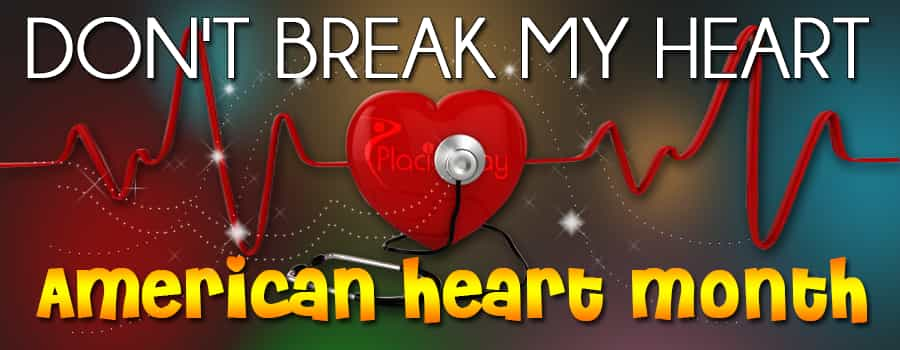
Don't Break My Heart - American Heart Month
February is the month when American Heart Month raises awareness of heart disease in the U.S. The American Heart Association recently published a new dire study that focuses on outlining the heart diseases in the U.S. together with their future prevalence and prices. By 2030, the price of heart disease in the U.S. will triple, increasing to more than $800 billion each year in the present situation, where 40% of the U.S. adult population is suffering from one or multiple cardiovascular disease forms.
Know the facts
American Heart Association and the Center for Disease Control and Prevention:
- Each day, 2,200 people die of heart disease. That means an average of 1 every 39 seconds.
- 1 in 3 adults in the U.S (81 million adults in the U.S.) are currently suffering from at least one cardiovascular disease type.
- Approximately 935,000 heart attacks happen each year.
- Americans make over 79 million visits to the doctor each year for management of heart diseases and treatment for cardiovascular diseases.
- More than 6 million hospitalizations take place each year due to cardiovascular diseases.
Special consideration for women
- More women die of cardiovascular disease than the following 4 death causes combined (including all cancer forms).
- Cardiovascular disease is ranking on the first place as the cause of death among women 20 and older. Heart disease is killing about 1 woman every single minute.
- 90% of women have at least one risk factor for developing cardiovascular disease
Heart Attack Symptoms:
Some heart attacks (the classic, movie version ones) are intense, sudden and there isn’t absolutely any doubt about what’s happening. Anyway, most heart attacks don’t follow this pattern: the majority of them start slowly, with mild pain or discomfort.
Here are some common heart attack symptoms:
- Chest discomfort is the discomfort felt in the chest’s center. It that lasts over a few minutes. It can be felt like pain, pressure, fullness or squeezing.
- Discomfort in other upper body areas – discomfort or pain felt in one or both arms, in the neck, jaw, stomach or back.
- Shortness of breath – this can happen with or without the chest discomfort.
- Other distress signs – can include nausea, light-headedness or cold sweat.
Women are more likely to experience more of the nausea, jaw or back pain and shortness of breath symptoms and less chest grabbing symptoms.
Never ignore these warning signs! Even if you’re not sure or convinced about it, seek for medical care right away and have it checked out.
EVERY MINUTE MATTERS when it comes to cardiac concerns. Rapid action can save lives, and it can be your own.
Don't wait over 5 minutes to call 911 if you are experiencing symptoms.
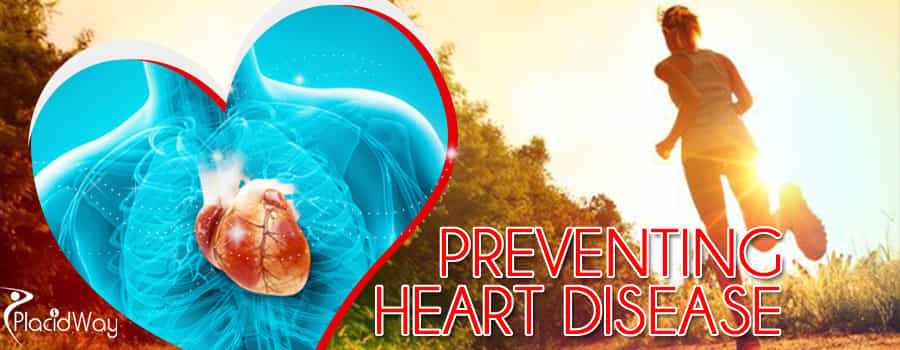
Preventing Heart Disease
Most cardiovascular disease can be prevented with a better diet and by doing more exercise. Factors such as high cholesterol, high blood pressure, smoking and diabetes put more people at risk for cardiovascular disease and stroke. The CDC focuses on the ABCS (basics) of heart disease prevention – Blood pressure and Cholesterol control, appropriate Aspirin use, as well as Smoking cessation.
Leading a healthy lifestyle, avoiding tobacco, working out (being physically active), maintaining a healthy weight and eating healthy significantly lowers the risk of developing cardiovascular disease or stroke.
Increasing education on the warning symptoms and signs of heart stroke and attack, as well as the importance of calling 911 right away are great examples of community-based initiatives able to reduce the cardiovascular disease’s impact.
The predictions made by American Heart Association are not set in stone. This trend can be reversed with an increased education on the heart disease causes, lifestyle changes and preventive measures. The 10 – 20 percent increases over the following 20 years don’t have to transpire if the appropriate measures mentioned above are put into practice.

.png)


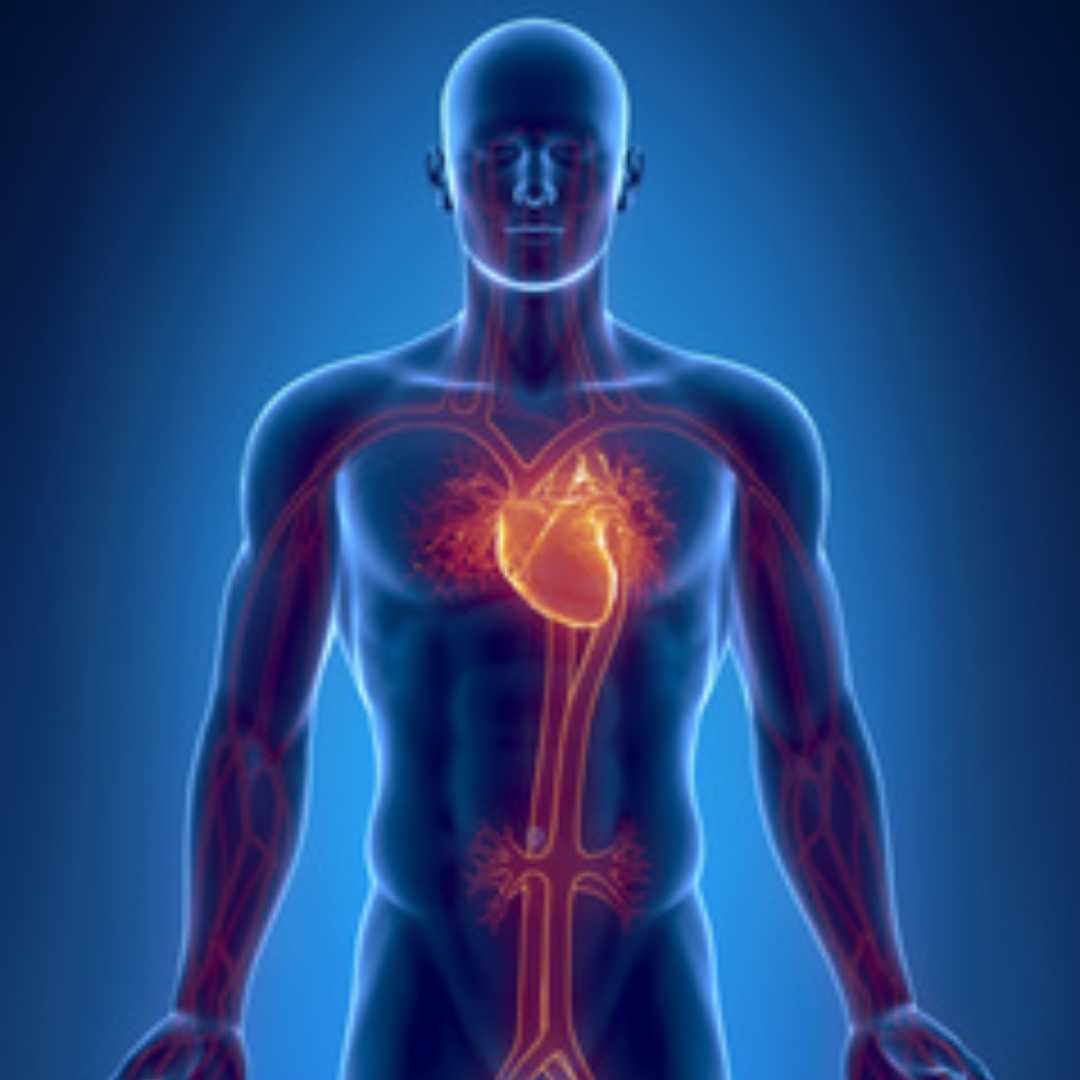
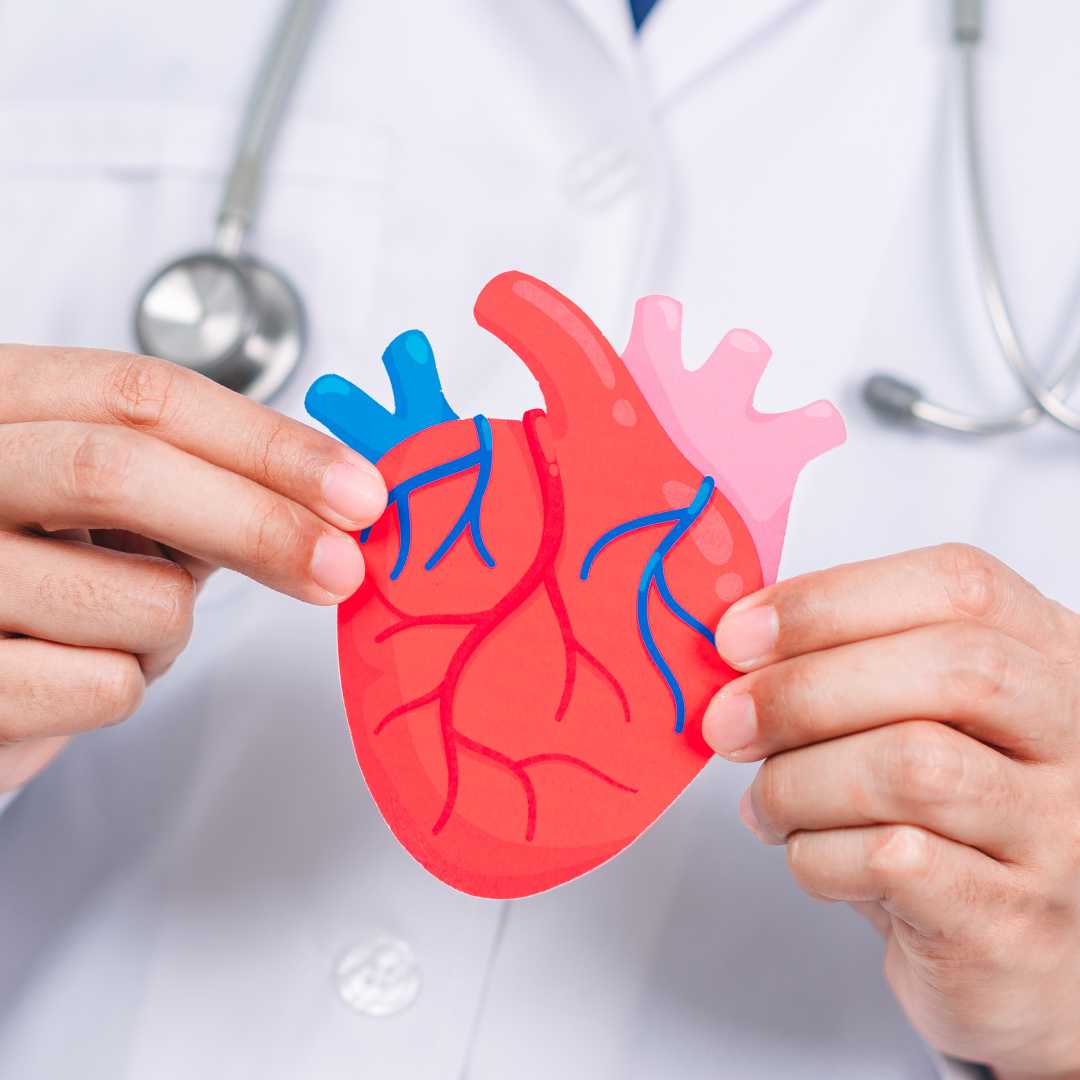




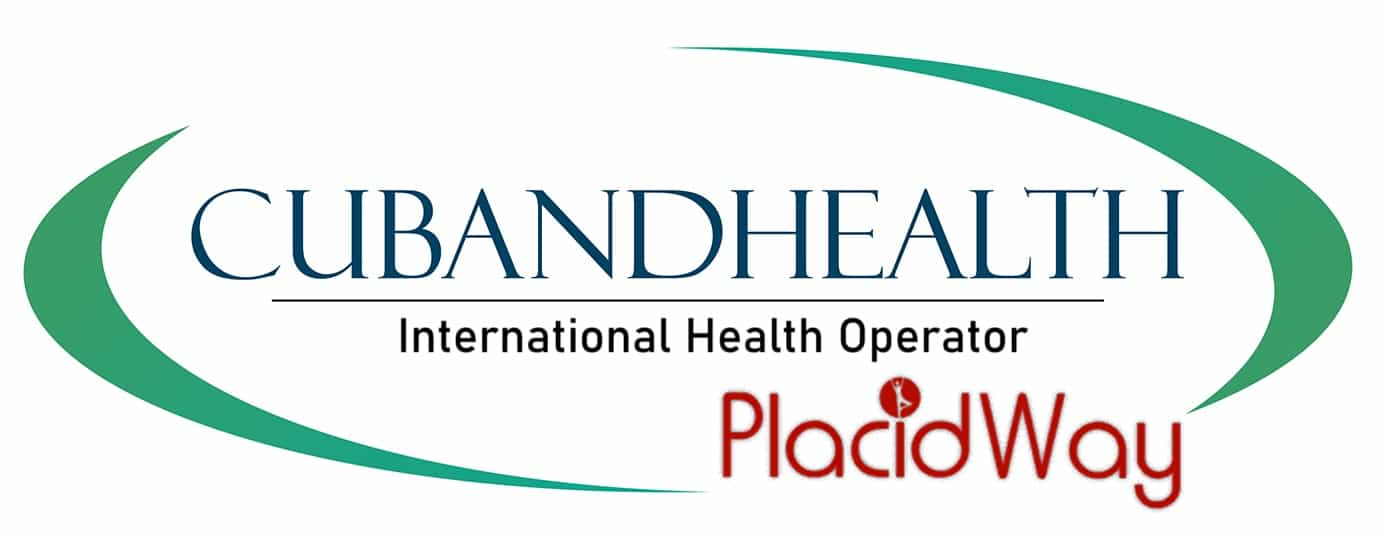




Share this listing